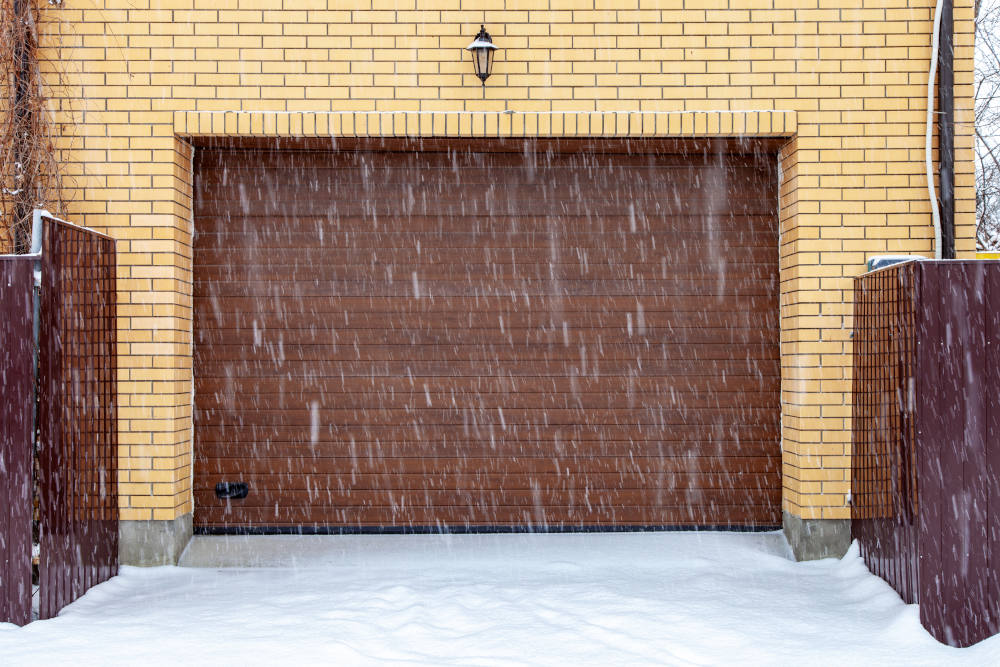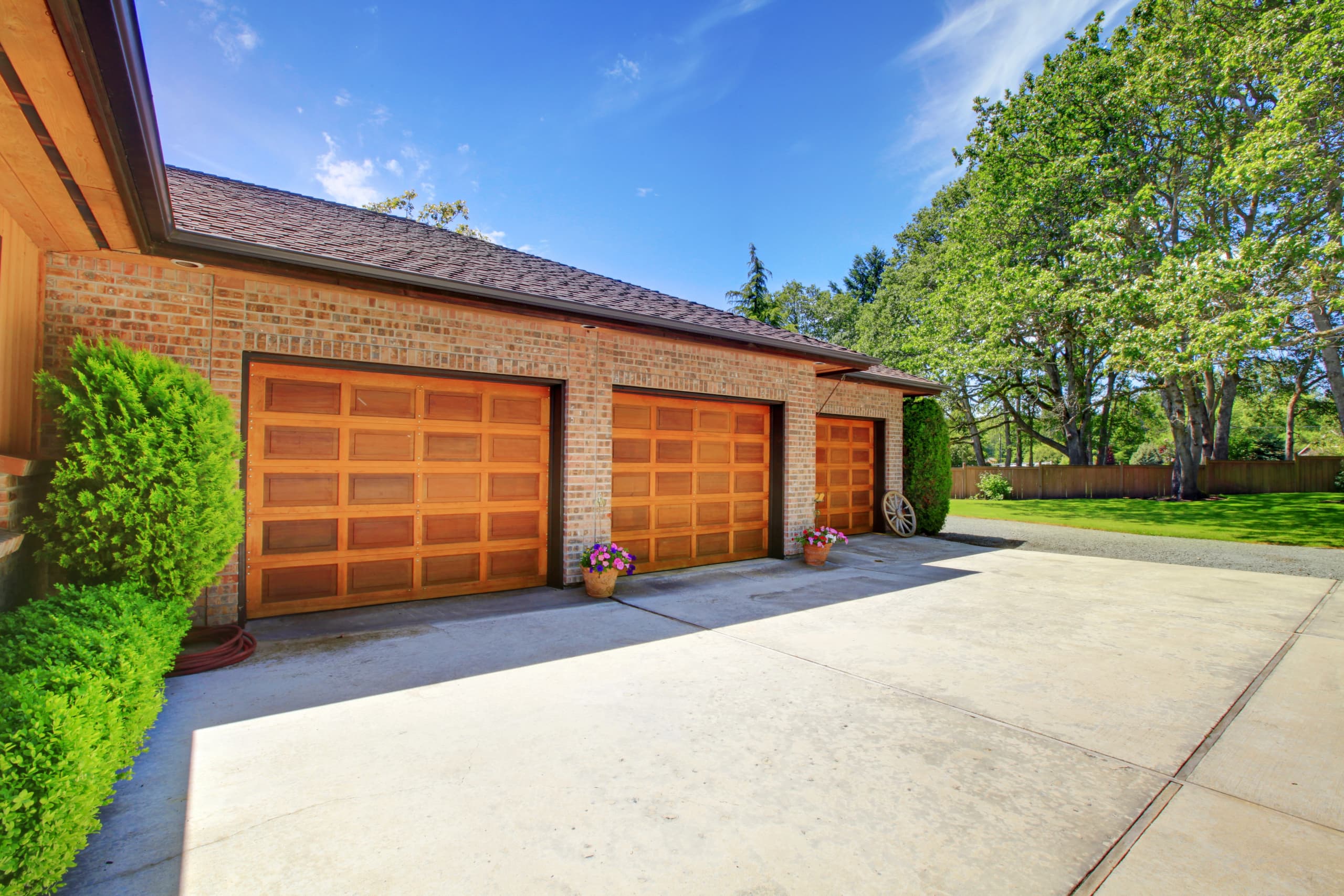How to Protect Your Garage Door During Freezing Temperatures

Frigid winter temperatures can wreak havoc on garage doors. As moisture seeps into cracks and crevices, it causes swelling, deterioration and mechanical failure of the various component parts. But there are some simple precautionary steps you can take to winterise your garage door and prevent expensive repairs down the road.
By being proactive, you can avoid frozen openers, stuck seals and sensor issues to keep your garage system continues working smoothly all season long, even when the mercury dips below zero. Staying on top of maintenance ensures your garage door survives the harsh weather rather than falling victim to it. Follow these essential winter garage door care tips and tricks to maintain functionality even in cold conditions.
Identify Areas Vulnerable to Freezing
First, identify the areas which are most vulnerable to damage from moisture and extreme cold. For example, the bottom seal of the door is particularly susceptible as water can seep underneath and then freeze the rubber bottom to the ground. This can cause tears and gaps when you try to open the frozen door.
Also, the opener hardware and mechanical parts contain springs, cables, pulleys and steel hinges which can become corroded and crack under freezing temperatures. Areas like bearings and movable joints need proper lubrication to prevent freezing in place, which can lead to stiffness, poor operation and mechanical failure.
By understanding the components most affected by winter temperatures, you can target your preventative maintenance efforts on protecting seals, lubricating hardware, and safeguard the mechanical systems from damage related to snow, ice and attacking winds. Attention to these vulnerable zones will help the door function normally even in freezing conditions.
Adjust Openers and Sensors
It’s essential that your automated garage door opener and detection sensors function properly to both open and close the door during freezing conditions without obstructing it or causing damage. Begin by testing that the automatic opener motor correctly reverses direction when an obstruction is encountered. You can place a solid object on the ground to block the door’s downward path and activate the opener to ensure the auto-reverse mechanism works properly if ice or snow build-up were to occur beneath it.
Also examine the opener’s sensors which are responsible for triggering the reversals. Clear any snow, ice or debris from the path of the photo eyes and use the openers adjustment screws to precisely align the eyes so the invisible light beam they transmit is correctly targeted to receive reflections.
Protect the Interior of the Garage
It’s also important to protect the interior garage environment itself from allowing freezing air and moisture to penetrate in. Start by identifying any gaps or openings that allow cold draughts to enter underneath the garage door or around the side frames. Fill these gaps by placing cloth, towels or weatherstripping barriers along the bottom and sides to prevent heat loss. You can also install plastic insulation sheets or rigid foam boards on the inside of the garage door to provide an extra internal barrier to the cold.
You can also carefully introduce some subtle heat sources inside the garage such as a safe electric heater to keep the interior temperature slightly warmer than the exterior freezing air. But use caution not to overload electrical circuits or create fire hazards with space heaters.
Fix and Repairs
- We can help with those wonky garage doors, annoying dents, and dusty garages.
Keep the Door Moving
Once you’ve frost-proofed your garage, it’s crucial to also use proper operational procedures to open and close your garage door during freezing conditions without causing damage. Begin by testing the door multiple times before the coldest conditions arrive, making sure it’s operating smoothly, and the automatic reversal mechanisms activate properly if obstructed by fallen snow or ice mounds.
Consider disabling automatic door openers during extreme sub-zero cold snaps or icy events so you can manually operate the door on the first try without it binding or sticking midcycle. When opening manually, break any bottom seal ice adherence gently with a plastic scraper before attempting to raise it, and use slow, steady force when opening or closing to feel for any abnormal freezing resistance.
Don’t override mechanical failures by forcing a frozen door or strained components – this will only lead to breakage and the need for repairs. Carefully listening, looking and manually “exercising” the door during winter will prevent automated systems from damaging it during freezing precipitation or record lows.
Staying proactive before the temperatures drop to extreme sub-zero levels will prevent costly winter weather repairs from ever being necessary. Winter can cause damage if you’re not well prepared but following these preventative seasonal maintenance tips will ensure your garage door continues working smoothly all winter. If you need expert advice or you’re in need of a professional repair, get in touch with the team at Wessex Garage Doors and we’ll be happy to help you.


